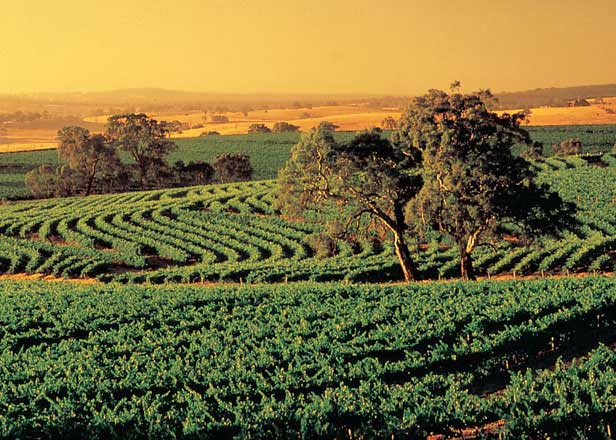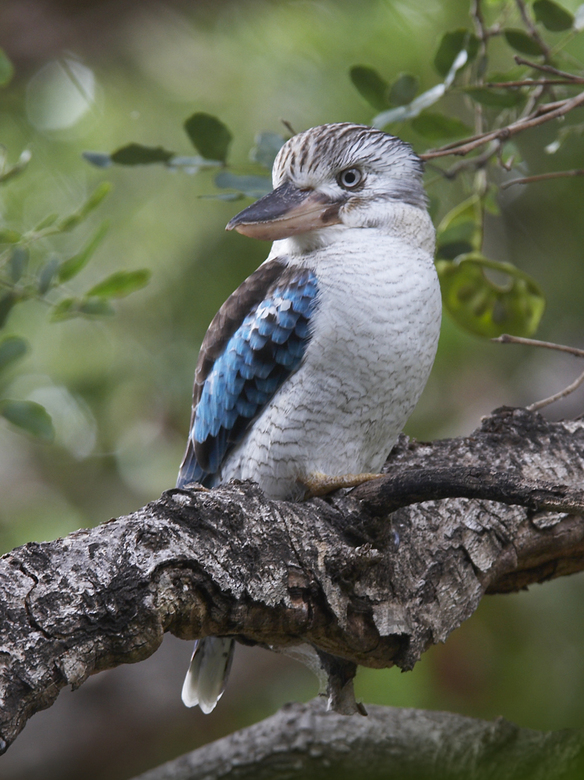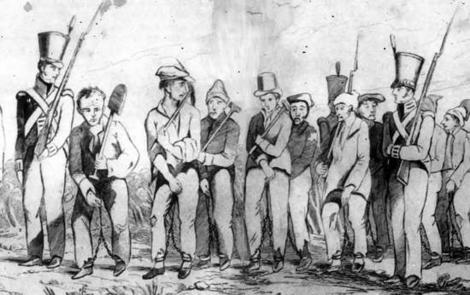THE GREAT BARRIER REEF
The Great Barrier Reef, situated in the Coral Sea off the coast of Queensland, is the largest coral reef in the world, encompassing 900 islands and stretching over a huge 2,600 kilometers.

SYDNEY HARBOUR
Sydney was located of the first European settlement in Australia. This natural harbour can find the iconic Sydney Opera House and magnificent Sydney Habour Bridge.

TASMANIA
Tasmania is an island on the southern most tip of Australia, separated from the mainland by the Bass Strait. It has been nicknamed "Island of Inspiration" because of the natural, unspoilt beauty it encompasses.
Many natural wonders can be seen on the island, including the columns known as the organ pipes on Mount Wellington and the quartzite formed ridges such as those on Frenchman's Cap. Rare Rock formations can also been seen, as well as continental granites amd magnificent caves.

MELBOURNE
Melbourne is the largest city in the state of Victoria and the second most populated city in Australia. It's a characterized by many grand civic buildings including Parliament House, Old Melbourne Gaol, The State Library. Melbourne Town Hall and many others, all funded by the Victoria gold rush in the 1850s.

BAROSSA
Barossa is one of the major wine producing regions of Australia. It benefits from the hot climate of South Australia, being only 60 km northeast of Adelaide. It also has a very diverse history that is reflected in its three major towns.

ULURU
Formerly Ayres Rock, this has to be one of the best known sights of Australia. Uluru is situated in the so called Red Centre in Northern Australia and is part of the UNESCO World Heritage Centre.













































